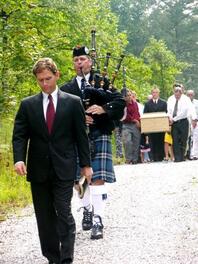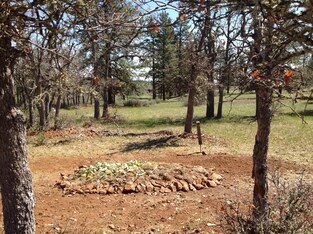Recommended Conservation Burial Practices
|
Affordability
Availability Botanical Baseline/Ongoing Botanical Monitoring Care of the Grounds Easement/Deed Restriction Land Selection Layout of Internal Transportation Plan Limiting Direct and Indirect Impacts on Soil and Vegetation When Grave Siting |
Naturalness/Sensitivity/Beauty
Operations and Management Position in Landscape Preservation and Stewardship Site Planning Surveys/Other Information Restoration/Maintenance Plan Tips and Tasks Visitor Management Services |
The great value of ecological restoration,
I now believe, is that it provides an ideal, even unique context for negotiating...
the development of a relationship between ourselves and the classic landscape."
—Bill Jordan



